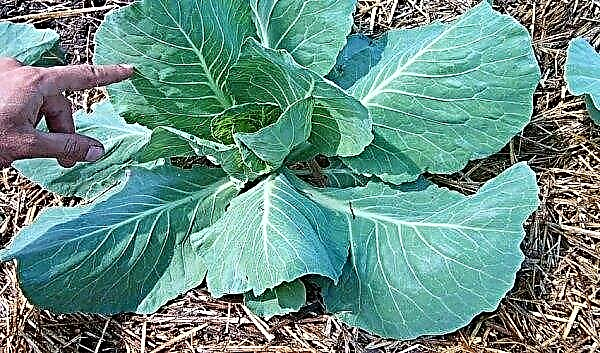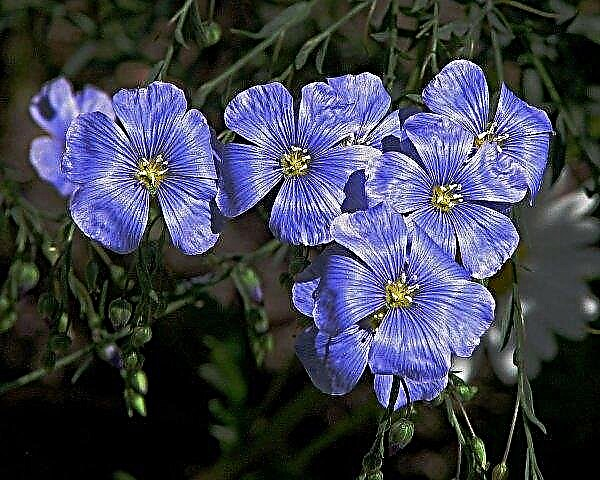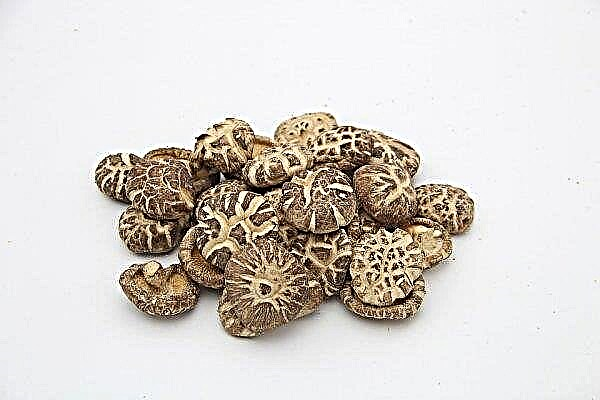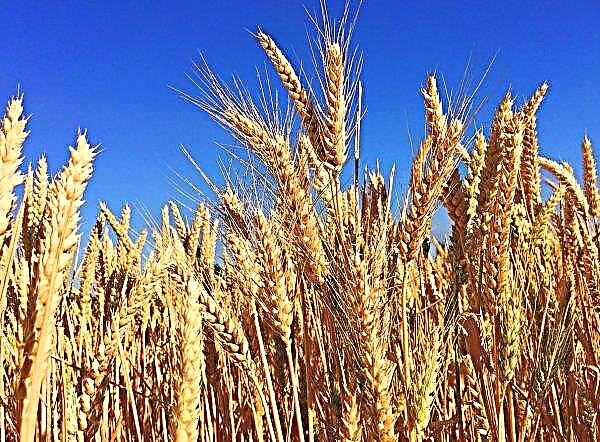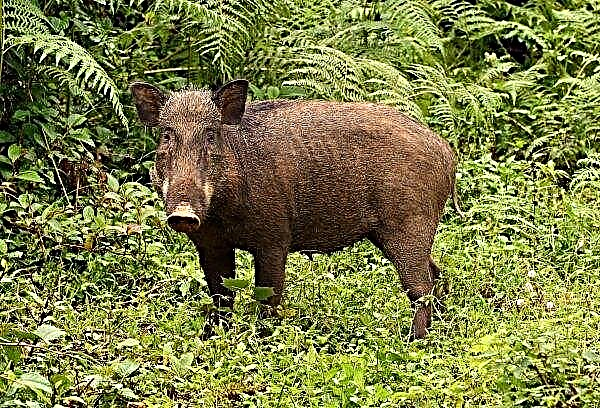In the private sector or in the park area before the onset of cold weather, the issue of lawn care is becoming relevant. Grass cover of a garden plot or slope in a park may not withstand harsh winter conditions. How to prepare a clearing for the hardships of the cold season, care for it and help meet the spring with emerald grass colors, is discussed in this material.
When and how to mow the lawn in autumn
Mowing the lawn is an important and constant procedure both during the period of grass growth, and in preparation for wintering. In autumn, it is necessary to monitor the long-term weather forecast to finish mowing the grass two weeks before the first frost.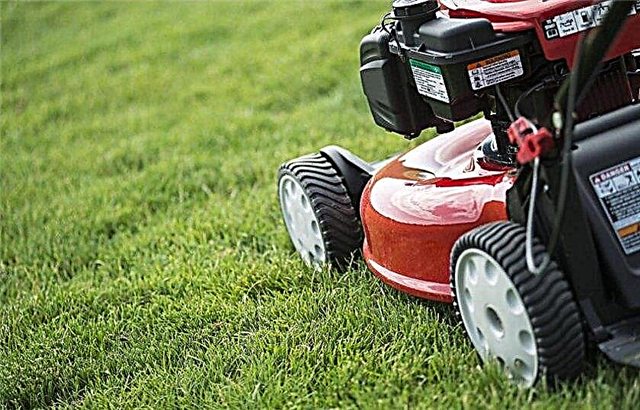
This period is determined by the time that a plant needs before frosts to heal cuts and stop sap flow in injured stems and leaves before hibernation. It is better to mow with a lawn mower, after which the removed vegetation is raked.
Important! You need to cut the grass to a length of 5 cm. Then it will not have time to grow to cold weather and will not freeze in early frosts.
How to feed and process
Autumn fertilizer of the lawn is the key to its beauty and “juiciness” next year. Mowing depletes the soil, as the ever-growing grass takes all the minerals out of it. In this period of the year, potash and phosphorus top dressing are required, this is done in late September or in the first or second week of October.
It is best to use the Diammofosk complex fertilizer, which in its composition contains both of the required components. For one hundred square meters of plantations, 2 kg of fertilizing will be needed. You can apply potash and phosphorus fertilizers separately - superphosphate and potassium sulfate. The rate of use of each of these substances is up to 50 grams per square meter of soil.
Watering
Before the autumn rainy season, a long drought is usually established, during which the grass needs to be watered 1-2 times a week. In this case, the stems will not turn yellow when the onset of cold weather.

Watering should be done by sprinkling, while overmoistening of the soil is not allowed. Before the next watering, a layer of the earth is checked to a depth of 2 cm - if it has already dried up, then you need to water it. Water is prepared - it is defended and warmed up in air to a temperature of +15 ... + 20 ° С.
Important! You need to water lawn plants in the first half of the day so that the liquid has time to soak into the soil and there are no puddles for the night.
Combing
After each haircut, you need to carefully remove the cut grass with a rake. This is especially true of the last lawn treatment before the onset of cold weather. The fan rake not only cleans the fallen leaves well, but also loosens the surface layer of the earth. Such combing allows you to "breathe" the earth and cool evenly before the onset of the cold season.

After the end of leaf fall, the final cleaning of the lawn is carried out so that the layer of rotting leaves does not contribute to the development of diseases. With this care, the grass will not fade and wilt, which will allow it to maintain a good appearance until the snow falls.
Lawn aeration
The “airing” of a clearing is not limited to combing, which affects only the top layer. For proper air exchange, the soil is treated with the most ordinary pitchfork, which pierces a layer of earth to a depth of 10 cm. You can also do this using a walk-behind tractor with specially designed nozzles or special shoes with powerful spikes.

Aeration allows not only to provide air access to the soil, but also helps to remove excess moisture after autumn rains deep into the soil. In this case, during night frosts, an ice crust does not form on the surface and in the basal layer of turf.
Did you know? Lawn grass not only decorates a garden or park plot. One hectare of grass holds up to 60 tons of dust particles.
Mulching
There is no special need to cover the grass, because after proper preparation the lawn will normally tolerate cold and calmly take up growth in spring. An even better cover for grass is a layer of snow.

It makes sense to mulch the lawn, except for a frosty and snowless period. For this, coniferous spruce or agrofabric is used. But before the predicted snowfall, shelter is best removed.
Lawn repair
Most gardeners leave lawn cover repairs in the spring, but some work can be done before winter. Planting new material is already inappropriate, but it is possible to even out sagging and thinned areas. This is done using a mixture of dry sand with rotted dry foliage.
This is done as follows:
- In a sagging place, carefully loosen the soil.
- Add sand and tamp it.
- Mulch the place of backfill with a handful of leaf humus.
- Sprinkle these parts of the lawn (or even the whole) with peat mixed with dry compost.

All work with the lawn is carried out with the help of boards laid out on it in order to reduce pressure on the plants when walking around the site.
Features of care in different regions of Russia
Depending on the region, grass care varies in different climatic zones. In Siberia, powerful snow is constantly falling and there is no need for shelter. But in the Urals and in the Volga region there are frosty periods without snow, when plants can freeze and even die. In such cases, temporary mulching is justified.
Did you know? A strip of grass, several meters wide, between the roadway and the house reduces the noise level from passing vehicles by half.
In the Moscow Region and Moscow Region, snowy winters are usually established with moderate frosts. These are good conditions for grass, which is covered with a small layer of snow and is not affected by frost. And for the time of thaws, since autumn it is necessary to ensure high-quality aeration.

The preparation of the lawn before the onset of winter cold should be treated with responsibility. Then in the spring it will please with freshness, and in the summer - with a richness of green. Simple events in the last warm days will help the clearing to have a healthy look and delight throughout the next warm season.

